448281
(3-Acrylamidopropyl)trimethylammonium chloride solution
75 wt. % in H2O
Synonyme(s) :
(Acrylamidopropyl)trimethylammonium chloride, Acryloylaminopropyltrimethylammonium chloride, Trimethyl(3-acrylamidopropyl)ammonium chloride
About This Item
Produits recommandés
Contient
3,000 ppm monomethyl ether hydroquinone as stabilizer
Concentration
75 wt. % in H2O
Indice de réfraction
n20/D 1.4848
Densité
1.11 g/mL at 25 °C
Température de stockage
2-8°C
Chaîne SMILES
[Cl-].C[N+](C)(C)CCCNC(=O)C=C
InChI
1S/C9H18N2O.ClH/c1-5-9(12)10-7-6-8-11(2,3)4;/h5H,1,6-8H2,2-4H3;1H
Clé InChI
OEIXGLMQZVLOQX-UHFFFAOYSA-N
Catégories apparentées
Description générale
Application
- As a cationic monomer to synthesize polyampholyte hydrogels (PAHs). These hydrogels show pH-responsive and ionic strength-responsive behavior and are suitable for application in smart coatings and biosensors.
- As a monomer to prepare poly(APTAC) ion exchange membranes with high surface porosity, for the removal of Cu(II), Cr(VI), and As(V) ions from water.
- As a precursor to fabricate cartilage mimetic polymer scaffolds that can be used in cartilage regeneration and replacement.
Mentions de danger
Conseils de prudence
Classification des risques
Aquatic Chronic 3
Code de la classe de stockage
10 - Combustible liquids
Classe de danger pour l'eau (WGK)
WGK 1
Point d'éclair (°F)
Not applicable
Point d'éclair (°C)
Not applicable
Faites votre choix parmi les versions les plus récentes :
Déjà en possession de ce produit ?
Retrouvez la documentation relative aux produits que vous avez récemment achetés dans la Bibliothèque de documents.
Les clients ont également consulté
Notre équipe de scientifiques dispose d'une expérience dans tous les secteurs de la recherche, notamment en sciences de la vie, science des matériaux, synthèse chimique, chromatographie, analyse et dans de nombreux autres domaines..
Contacter notre Service technique![[2-(Acryloyloxy)ethyl]trimethylammonium chloride solution 80 wt. % in H2O, contains 600 ppm monomethyl ether hydroquinone as inhibitor](/deepweb/assets/sigmaaldrich/product/structures/393/326/f7e19585-5431-4220-81b5-f458de6d63d0/640/f7e19585-5431-4220-81b5-f458de6d63d0.png)
![[2-(Methacryloyloxy)ethyl]trimethylammonium chloride solution 75 wt. % in H2O](/deepweb/assets/sigmaaldrich/product/structures/316/612/66b0f4cf-d060-427d-b4f5-e8fab3e5cffe/640/66b0f4cf-d060-427d-b4f5-e8fab3e5cffe.png)
![[3-(Methacryloylamino)propyl]trimethylammonium chloride solution 50 wt. % in H2O](/deepweb/assets/sigmaaldrich/product/structures/189/736/089bc8ae-2a98-416d-9f9a-a0a510b6b828/640/089bc8ae-2a98-416d-9f9a-a0a510b6b828.png)
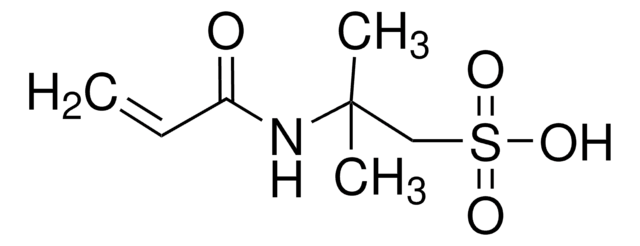
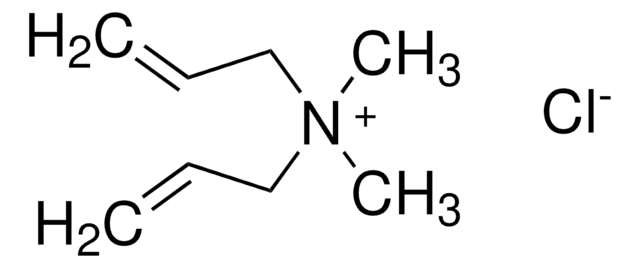
![[2-(Methacryloyloxy)ethyl]dimethyl-(3-sulfopropyl)ammonium hydroxide 95%](/deepweb/assets/sigmaaldrich/product/structures/217/219/73c91e1c-0ee4-4b3d-bead-a6dc3d09d1da/640/73c91e1c-0ee4-4b3d-bead-a6dc3d09d1da.png)
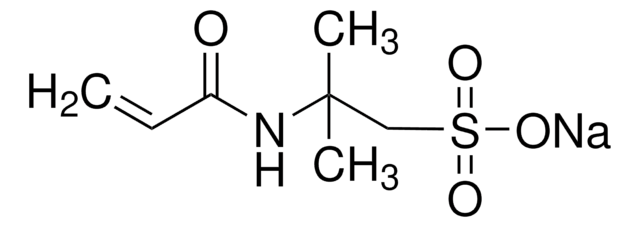


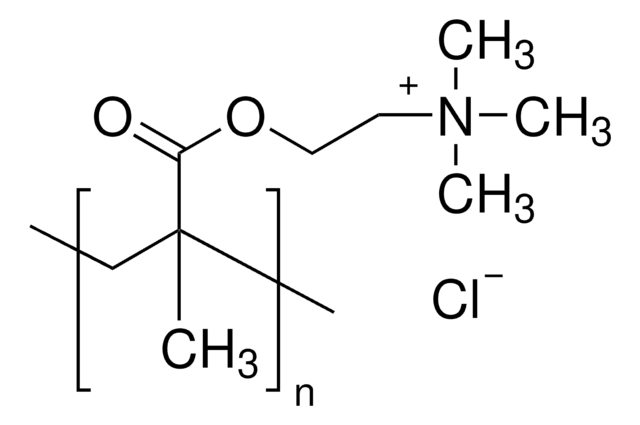
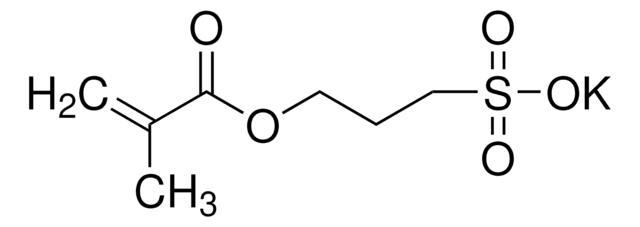

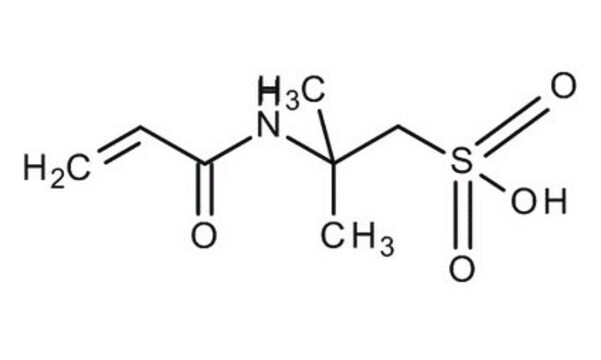
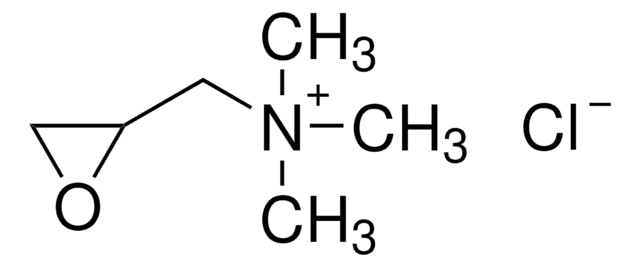
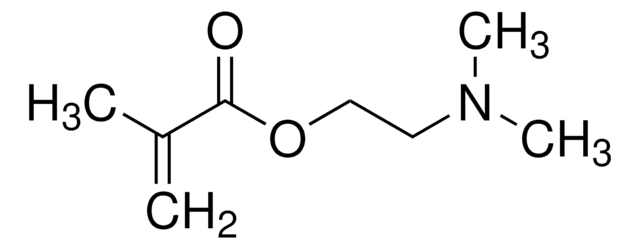
![N-[Tris(hydroxymethyl)methyl]acrylamide contains ≤7% KCl, 93%](/deepweb/assets/sigmaaldrich/product/structures/130/961/5bc6d1a4-a540-4496-9f46-74507af67e21/640/5bc6d1a4-a540-4496-9f46-74507af67e21.png)